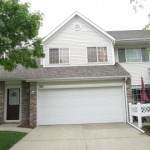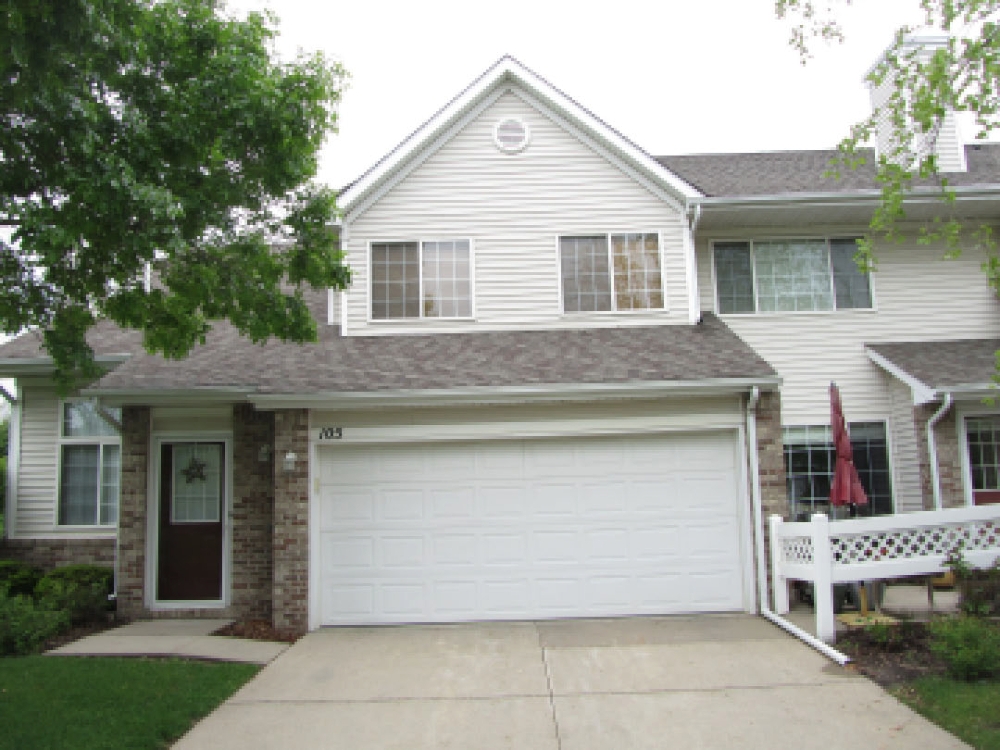The homes are clad with vinyl siding and brick. The walls are sheathed with an exterior gyp product. The windows that I checked appeared to have been sealed at the
nail fin with a sealant. Some of the windows I checked had a tape over the nail fin. Some of the spots I checked on the wall surfaces had a WRB (weather resistant barrier) applied. I believe this to be applied at a later date than original construction because it was not in all areas I checked. There were some random applications of the WRB, not at all in a consistent shingle-style overlapping method that would deflect moisture to the outside of the building envelope and give the protection needed.
I looked at every unit in at least one spot to see if there was an applied WRB. The spot I checked for this survey was the same on each unit; none of the units had a WRB applied. I also checked the fireplace chase on the end units; they all had an applied WRB. There are indications this was added after initial construction. The chases that have wire and mechanical penetrations have not been protected in entirety with a WRB. At the wall/roof juncture where the garage roof meets the second story, many of the units are exhibiting a stain on the drywall ceiling in the garage below. This is because the roof/wall flashing is not protected and covered with a WRB. This flashing can act as funnel diverting moisture to the inside of the building envelope instead of diverting it to the outside as it is intended to do.
I looked at one unit where the dryer is vented to the roof without a proper termination; instead the pipe is stuck into an attic roof vent. This vent is not designed for this purpose; it has the potential to let this vapor-laden air migrate back into the attic space.
Unit 105 has a sliding glass door that is experiencing distortion and ruination of the interior trim. The water is migrating behind the vinyl siding on the second story wall, traveling down and collecting in the metal soffit. This soffit is tilted toward the home and acts as a gutter, directing water to this wall surface. The moisture then runs down the face of this unprotected sliding door and leaks in at the top. Over time this has ruined the interior trim. With all of this moisture intrusion into the building envelope, the potential for a microbial action to develop increases.



